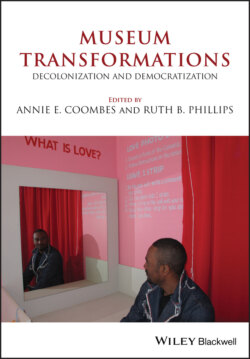Читать книгу Museum Transformations - Группа авторов - Страница 72
Conclusion
ОглавлениеThe nature of the changes to the National Museum of Australia’s exhibits were, as we have noted, very different from what most people had anticipated. This outcome might be explained in several ways. It can be argued that the conservative government had lost interest in conducting a history war, and thus intervening in the museum’s work, once it succeeded in realizing its political agenda in respect of matters of race, which included Aboriginal policy. Further to this, it might be noted that the government’s influence does not seem to have reached far enough into the museum to enable it to determine the ways in which its curators went about their work. Finally, in this regard, it can be argued that the museum’s advisers and curators were canny enough to devise an approach to staging its exhibitions that allowed the museum to continue telling difficult histories.
More importantly, however, what I have recounted here apropos the National Museum of Australia suggests that the nature of the international difficult histories boom is such that its effects cannot be readily overturned. Museums around the world, especially national ones, are now expected to tell these stories, and many museums have embraced the demand to do this. More particularly, it seems that the deep-seated changes that took place in historical consciousness in settler societies such as Australia in the closing decades of the twentieth century mean that museums, especially national ones, will continue to adopt an approach to the task of representing the past informed by democratizing impulses that seek to refound the historical relationship between settlers and indigenous peoples on more just principles, even in the face of conservative reaction.
